Acadia National Park is located on Maine’s Mount Desert Island and has 47000 acres. The coastal island is an exciting biodiversity hotspot, and various animals live there. Let’s find out which animals call Acadia National Park home.
Bald Eagle
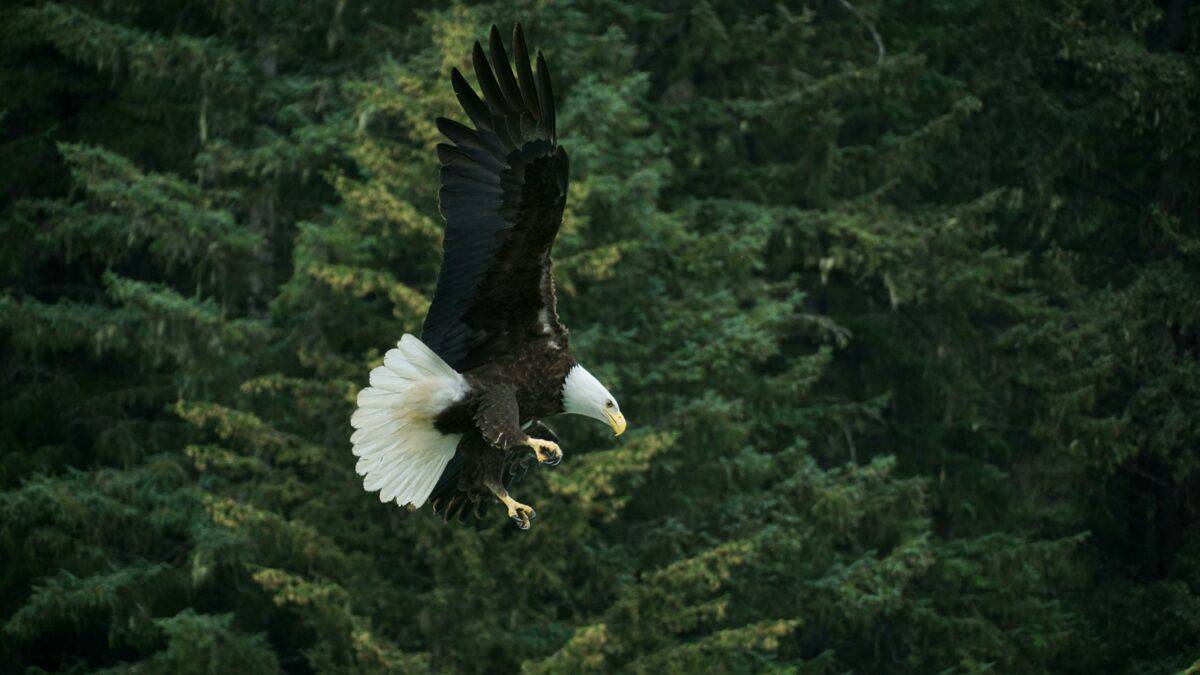
These majestic birds of prey are often seen soaring over Acadia’s coastline and nesting in tall trees.
Harbor Seal

Harbor seals can be spotted along the rocky shores and in the waters around Acadia, especially during the breeding season.
Moose
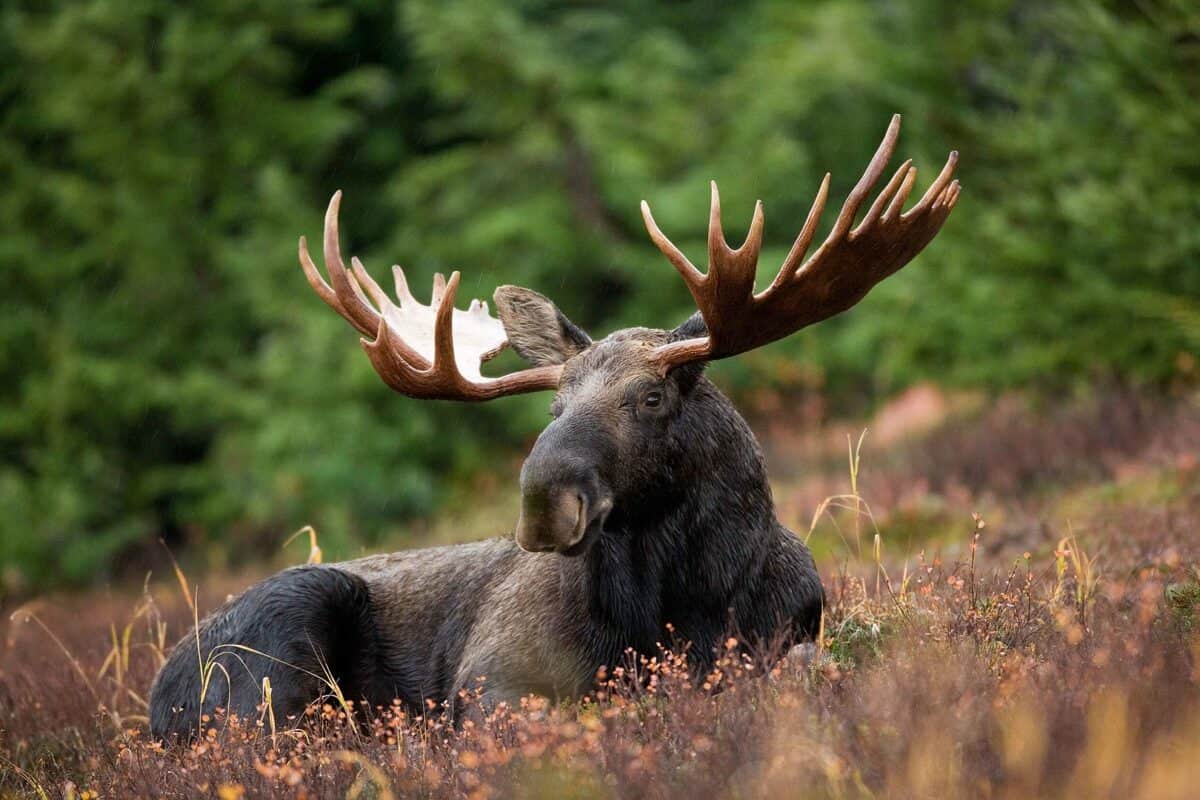
While elusive, moose can sometimes be seen in the forests and wetlands of Acadia National Park.
Red Fox
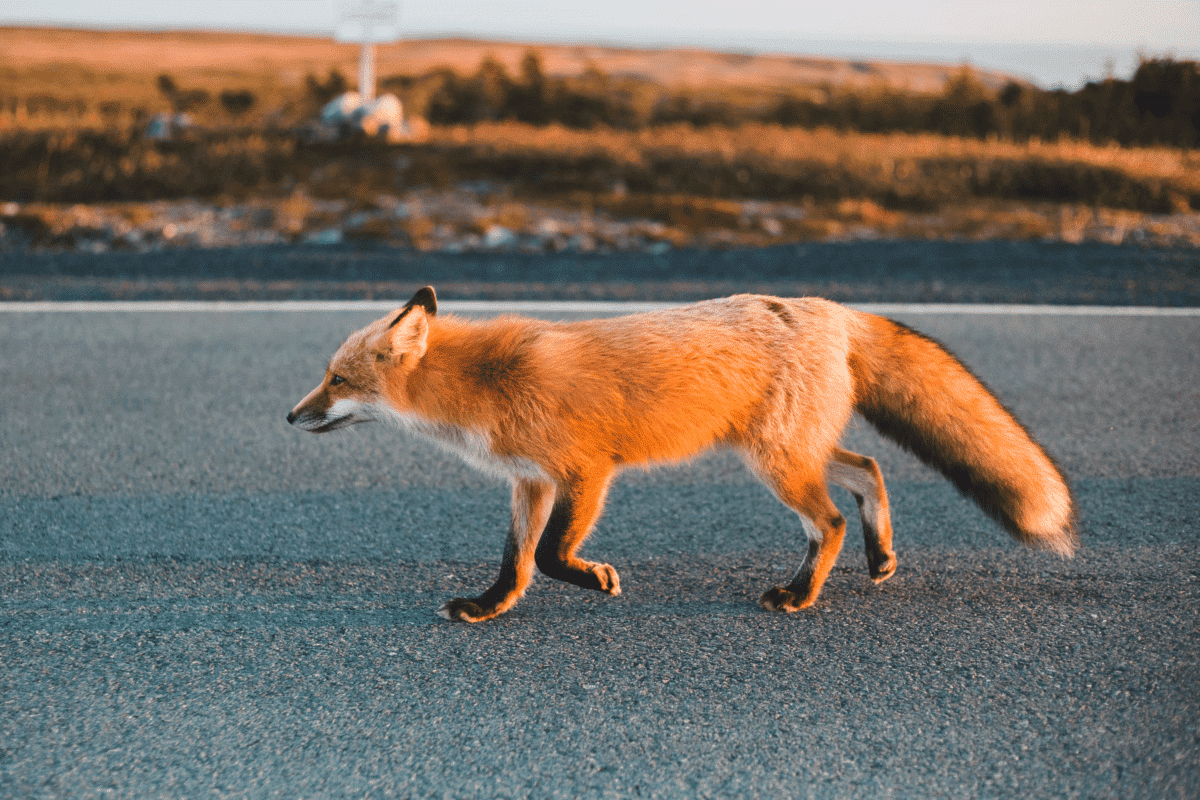
Red foxes are common in Acadia, with their reddish fur standing out against the park’s diverse landscapes.
White-tailed Deer
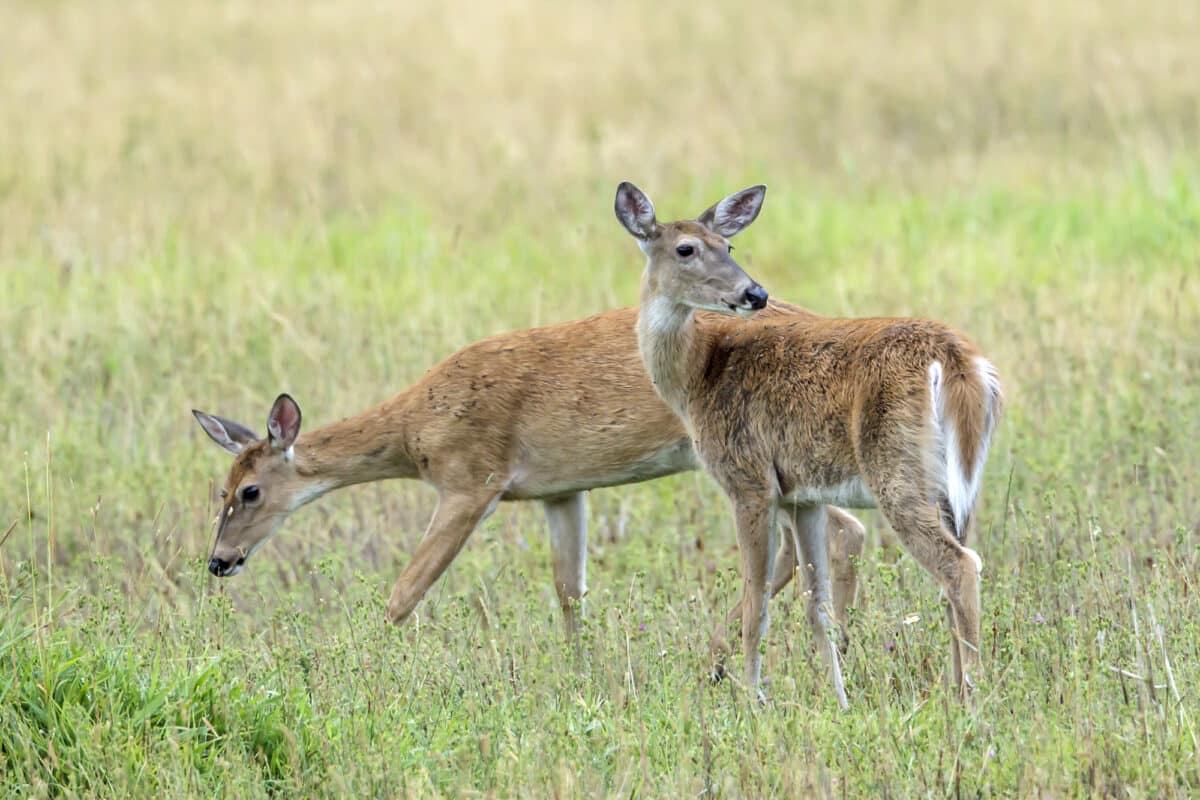
These graceful herbivores are abundant in Acadia’s woodlands and meadows.
Black Bear
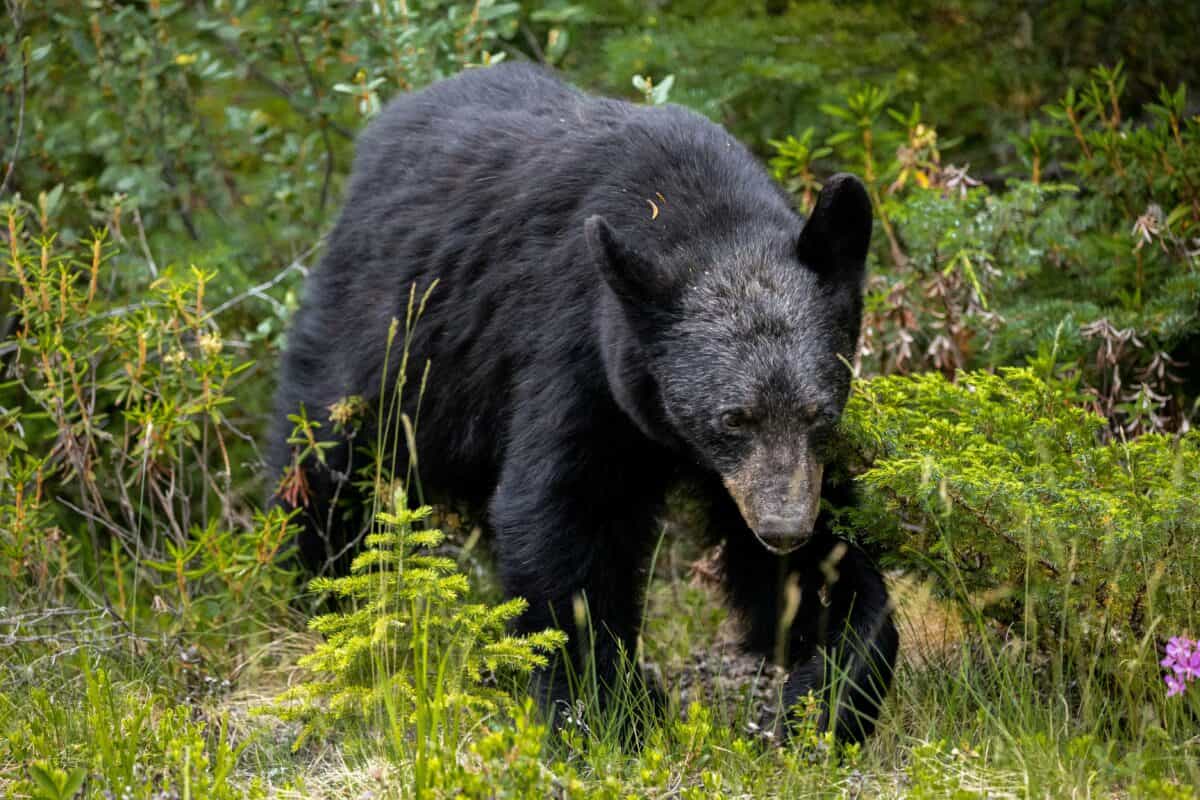
While encounters are rare, black bears inhabit the forests and mountains of Acadia National Park.
Snowshoe Hare
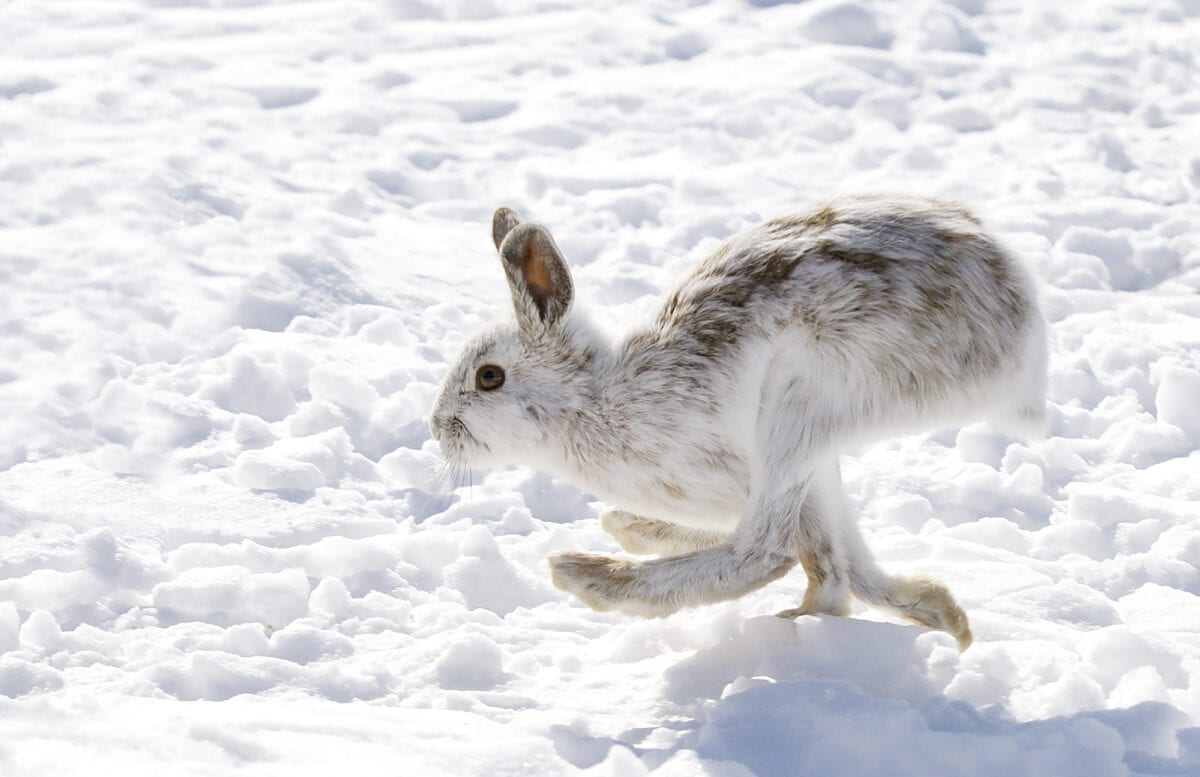
Snowshoe hares are well – adapted to Acadia’s winter conditions, changing their fur color to white to blend in with the snow.
Northern Goshawk
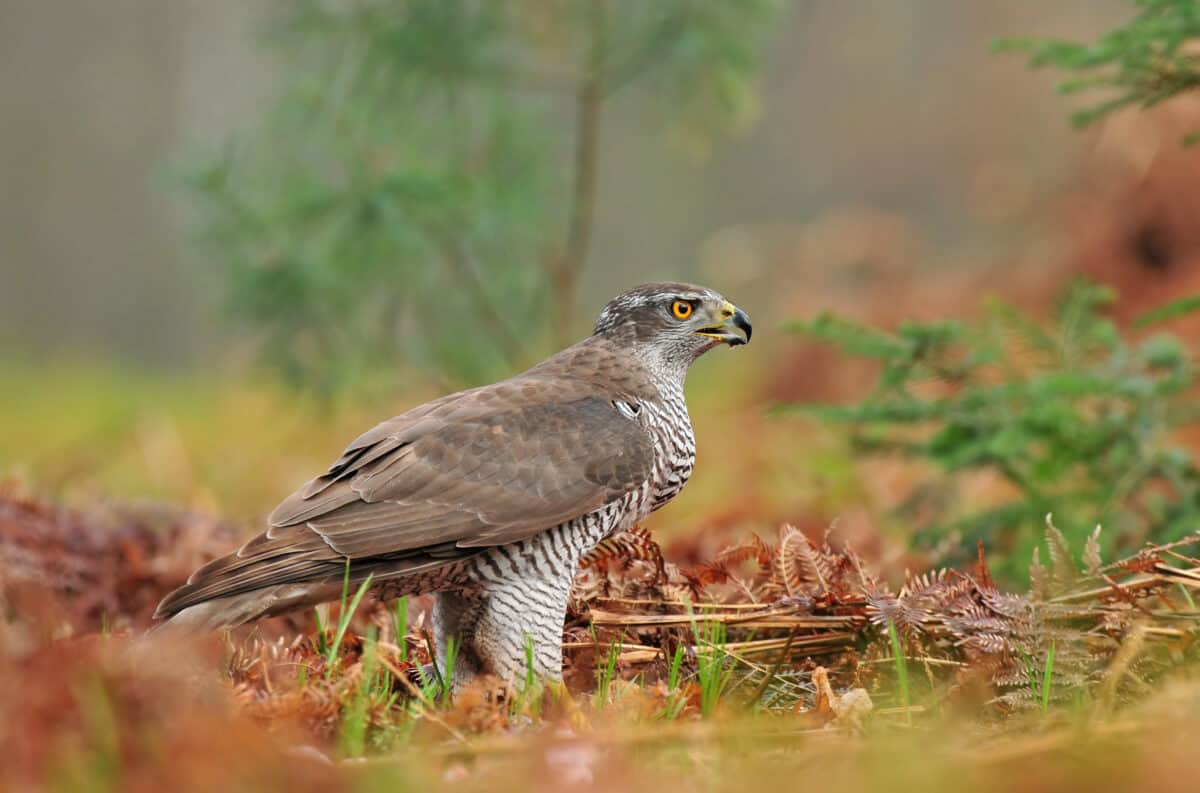
This formidable raptor hunts in Acadia’s forests, preying on smaller birds and mammals.
Eastern Coyote
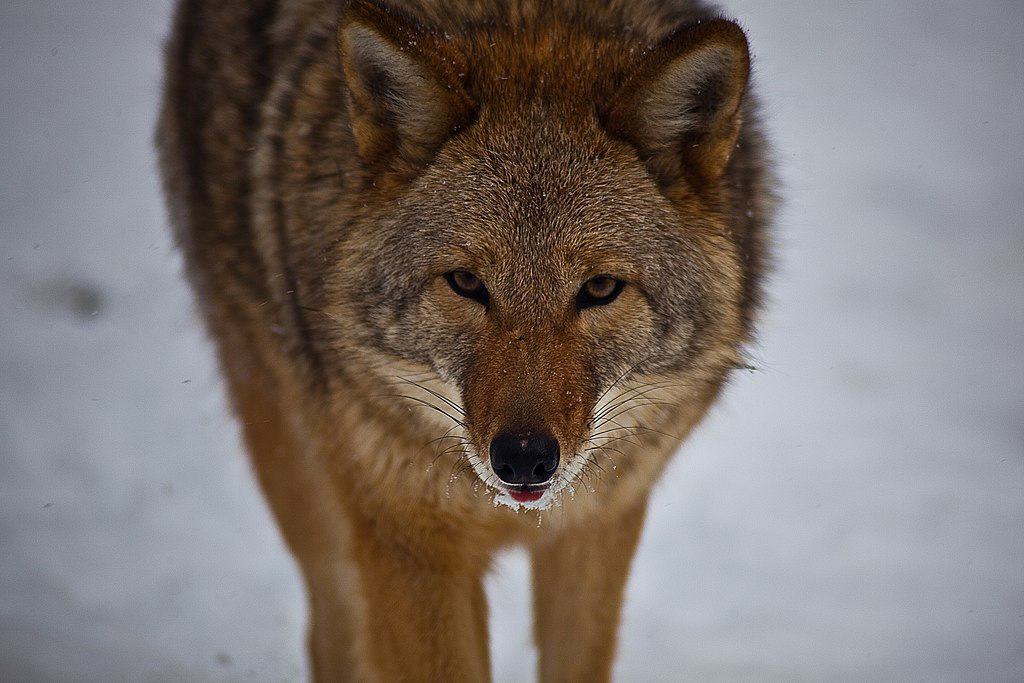
Coyotes are occasionally seen in Acadia, primarily in the more remote areas of the park.
Bobcat
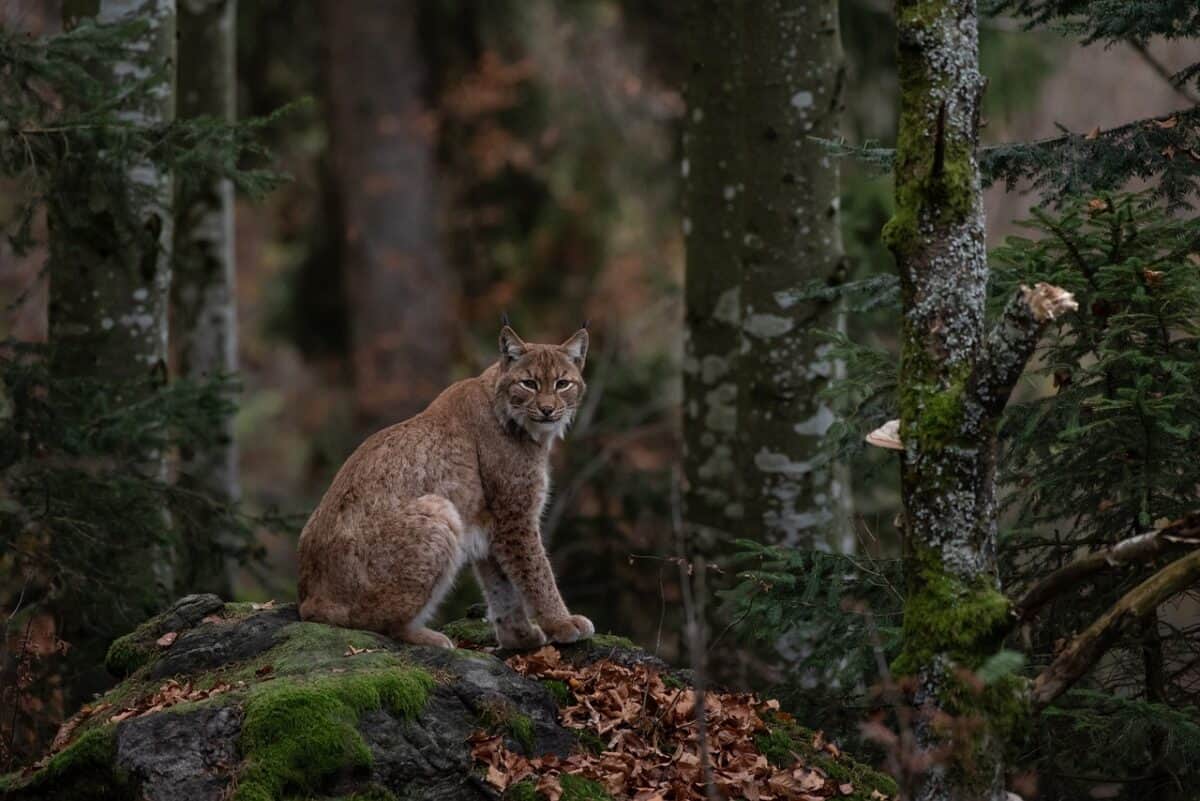
These elusive felines roam the forests of Acadia, hunting small mammals and birds.
Common Loon

Loons can be found on the lakes and ponds of Acadia National Park, known for their haunting calls.
Barred Owl
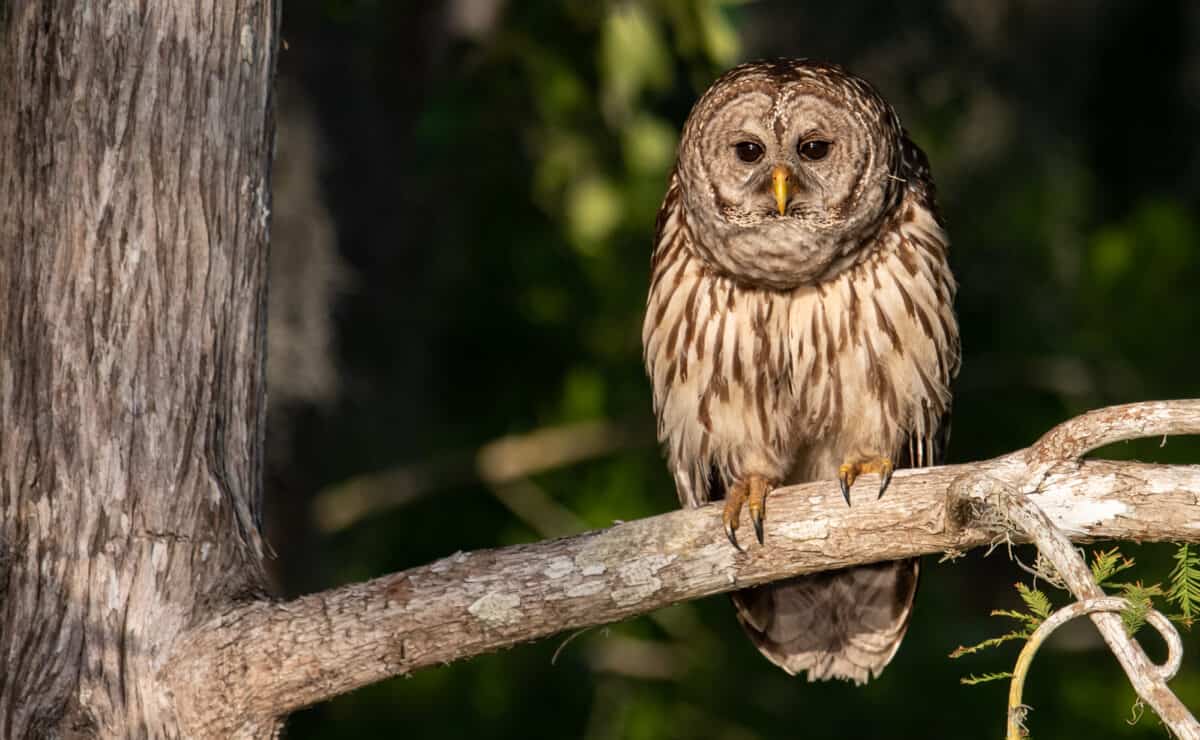
Barred owls are nocturnal hunters, inhabiting Acadia’s forests and wetlands.
Atlantic Puffin
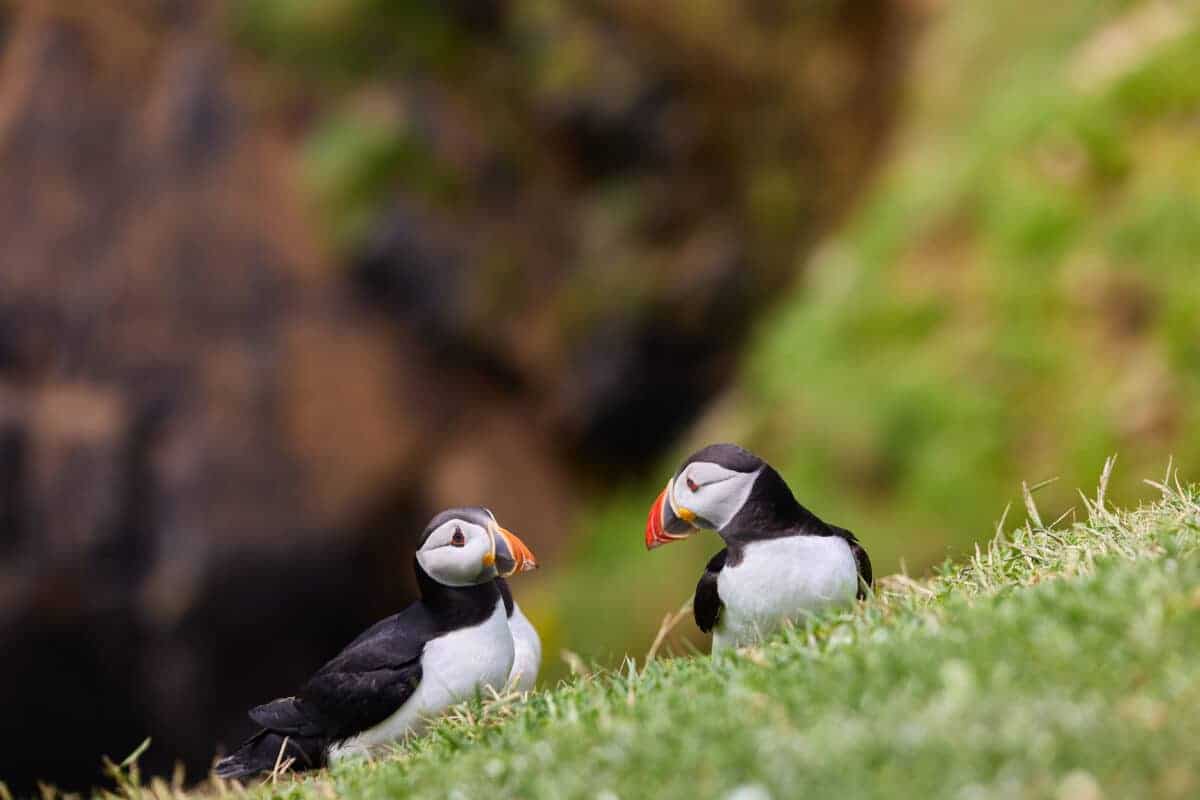
Acadia’s offshore islands host breeding colonies of these iconic seabirds during the summer months.
Osprey
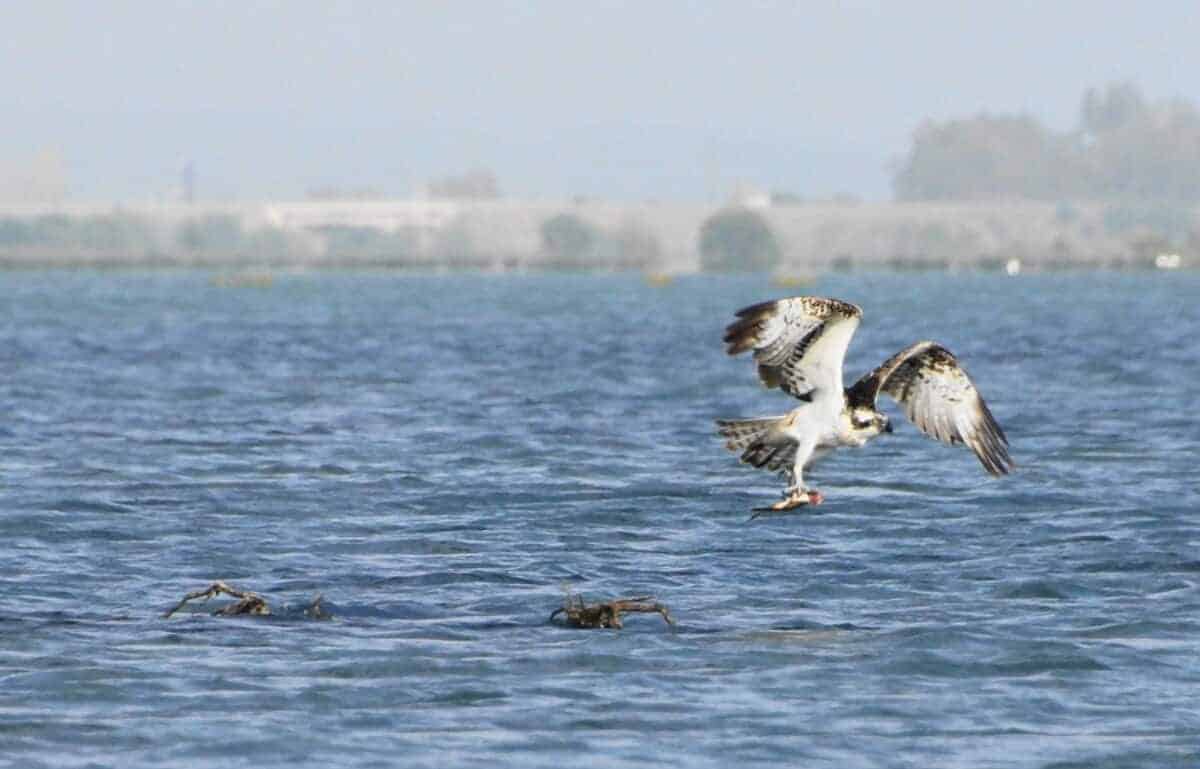
Ospreys can be seen diving for fish in Acadia’s coastal waters, nesting on platforms and tall structures.
Northern Saw-whet Owl
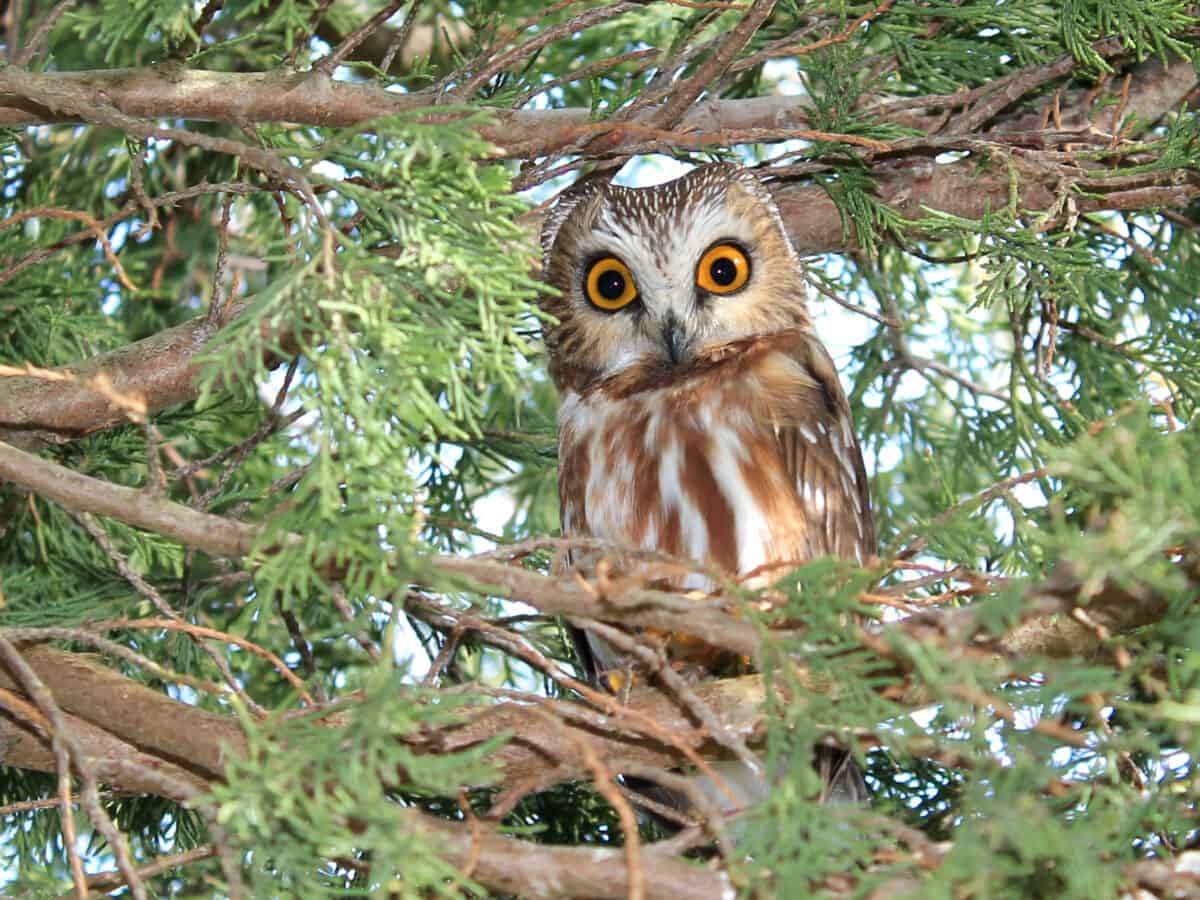
These small owls are occasionally spotted in Acadia’s woodlands, particularly during the winter months.
Peregrine Falcon
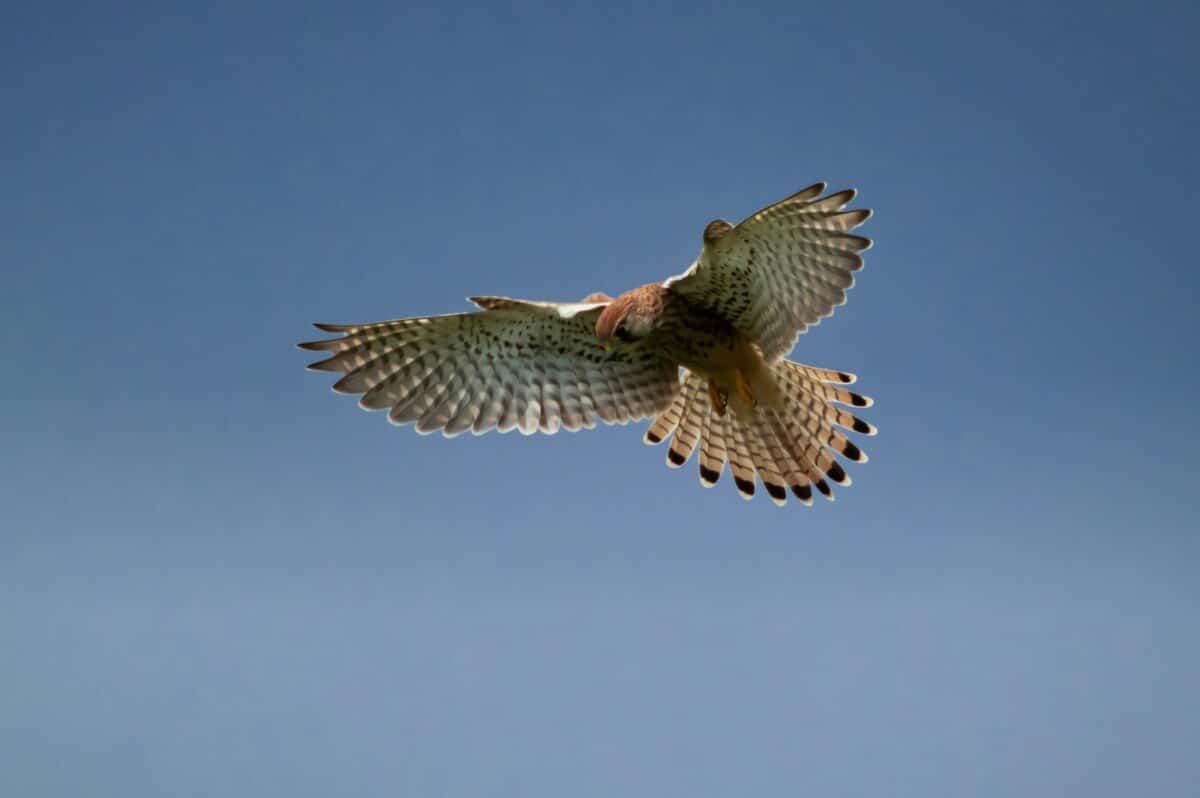
Peregrine falcons nest on the cliffs of Acadia, using their incredible speed to hunt birds in flight.
Spotted Salamander
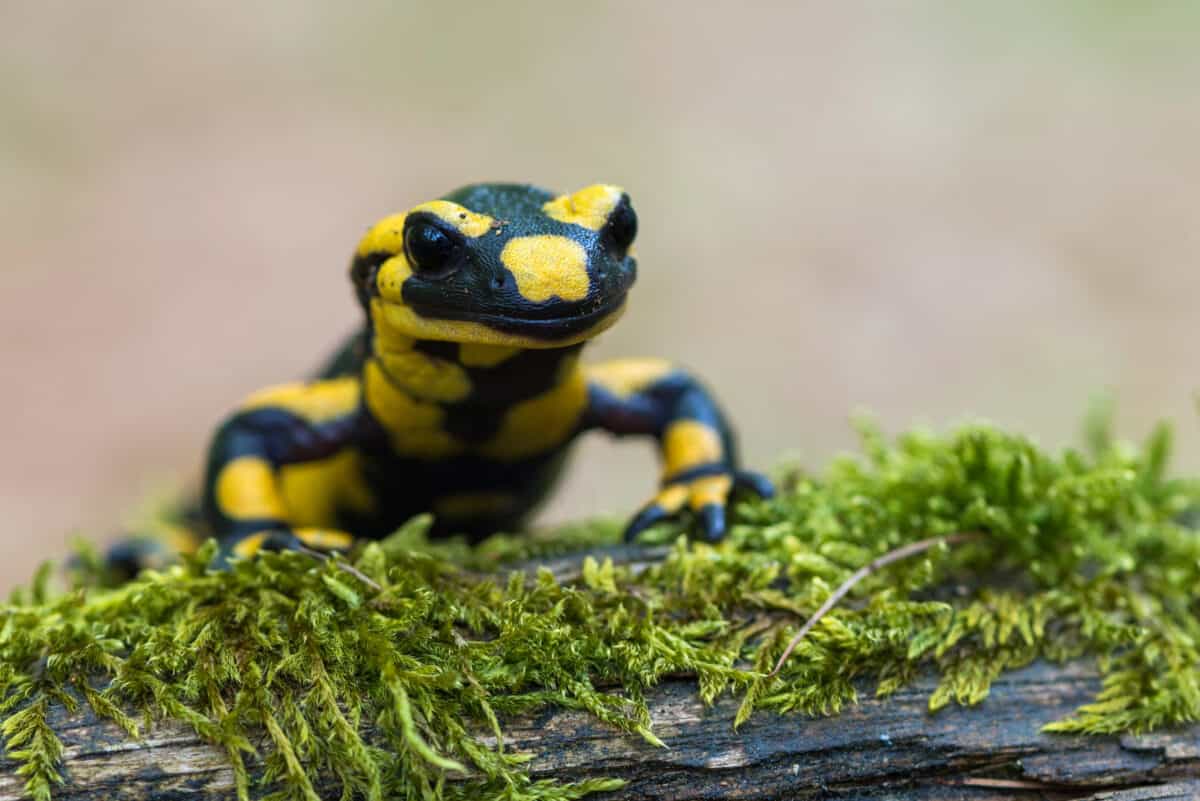
These amphibians breed in the vernal pools of Acadia National Park, migrating to the pools during the spring.
Eastern Red-backed Salamander
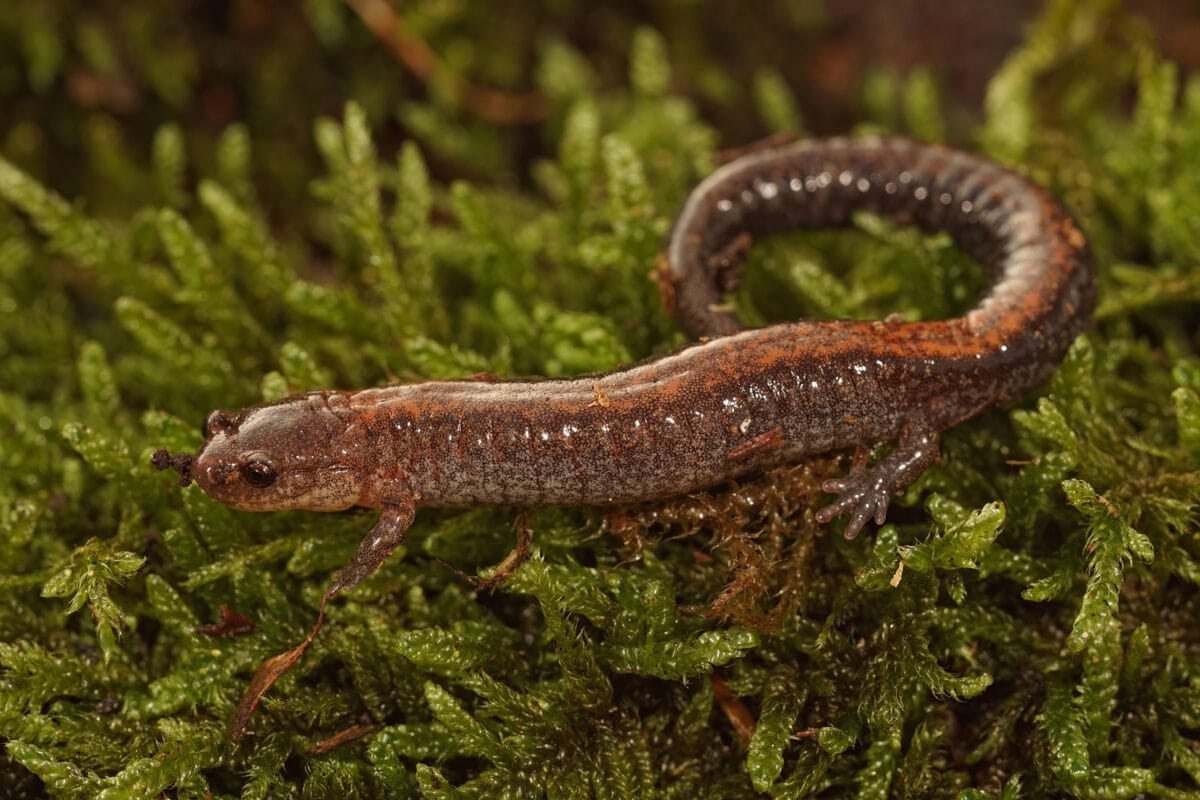
Found in the park’s forests, these small salamanders are often encountered under rocks and logs.
Red Squirrel
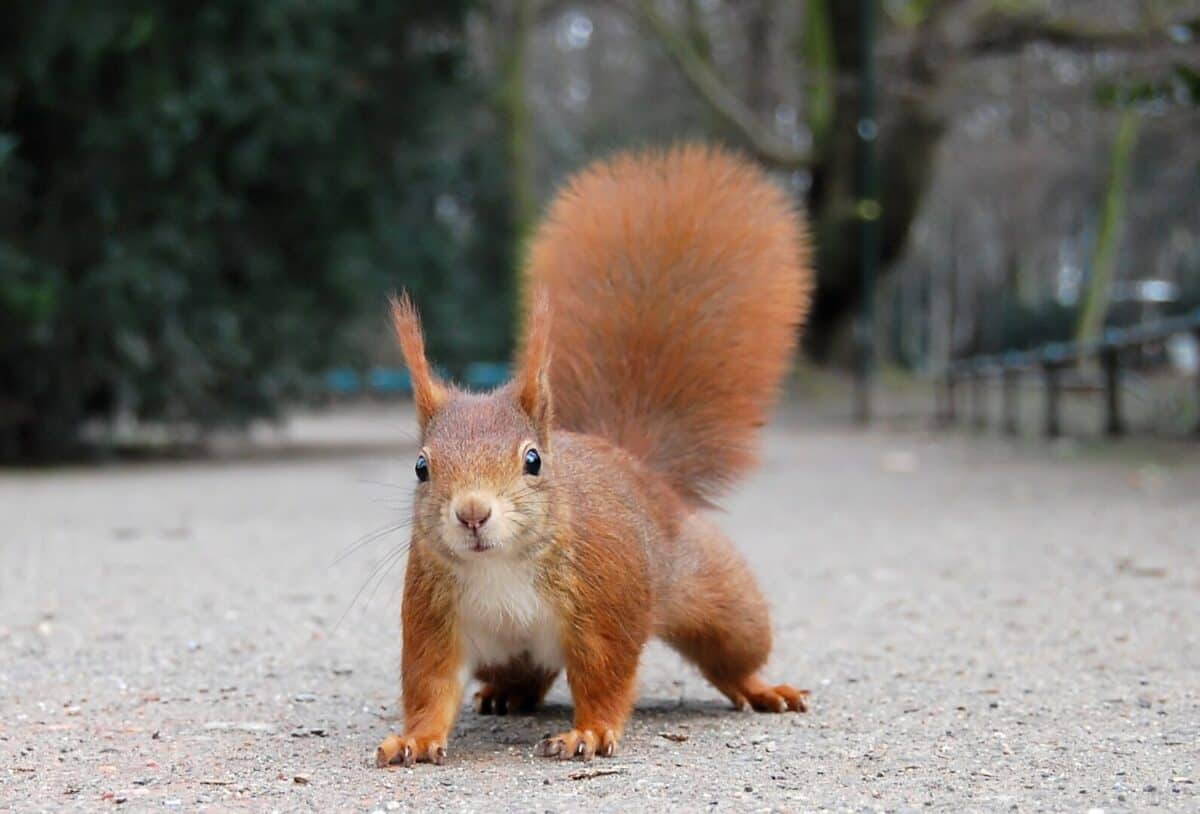
Red squirrels are abundant in Acadia’s forests, with their chattering calls often heard overhead.
Northern Water Snake
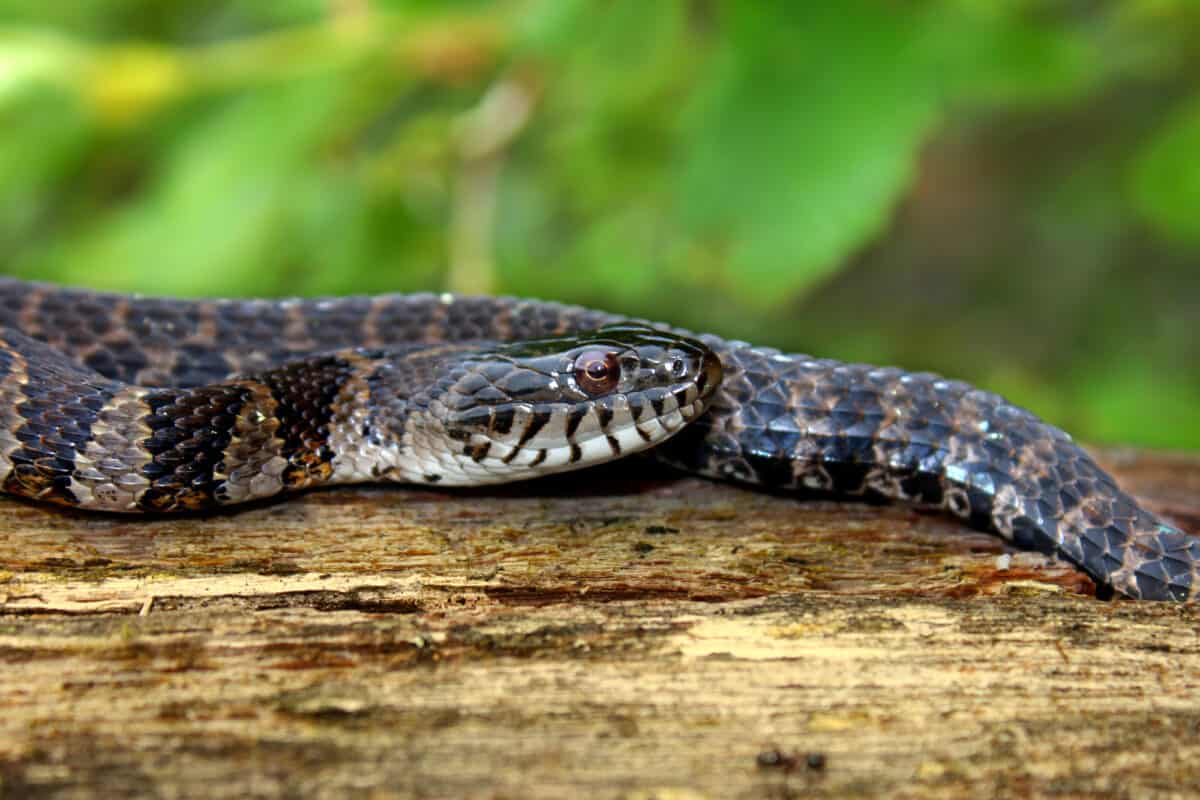
These non-venomous snakes can be found in Acadia’s freshwater habitats, feeding on fish and amphibians.
Wood Frog
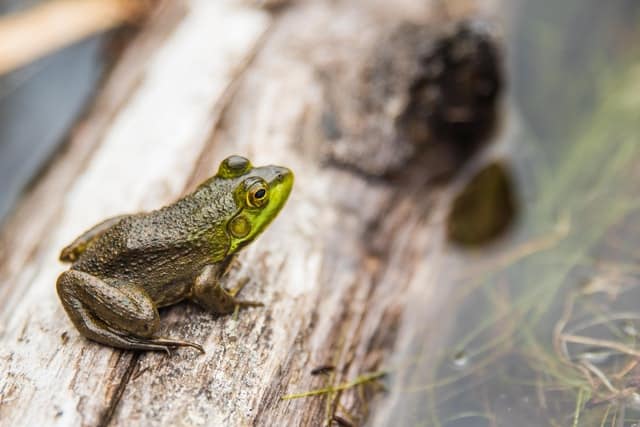
Wood frogs are common in Acadia’s forests, known for their ability to survive freezing temperatures during the winter months.
Conclusion

These are just a few examples of the diverse wildlife that can be found in Acadia National Park. Each species plays a vital role in the park’s ecosystem, contributing to its biodiversity and natural beauty. I hope you enjoyed reading about the animals that call Acadia National Park Home. To read more like this, check out the articles below:
- 21 Animals That Call Shenandoah National Park Home
- 21 Animals That Call Zion National Park Home
- 21 Animals That Call Joshua Tree Home
Join our Forum for free today!

- Brown Bear Approaches And Wiggles His Foot - July 22, 2024
- Mountain Biker Has An Extremely Close-up Encounter With a Wild Giraffe - July 22, 2024
- Eagle Flies Into a Moving Car - July 21, 2024

